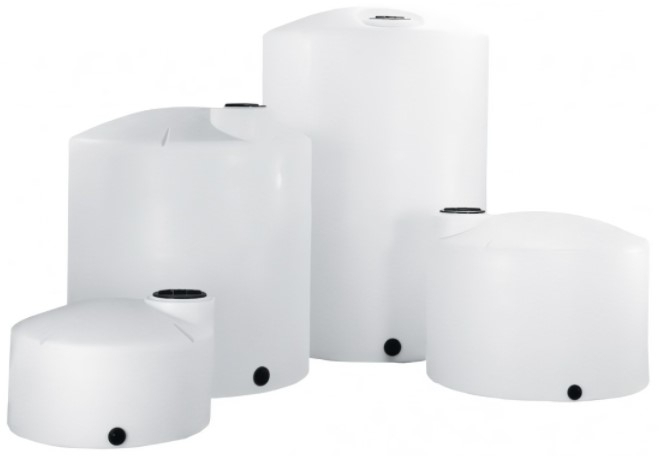Vertical water storage tanks are essential components in various sectors, including agriculture, municipal services, and industrial processes. Designed to stand upright, these tanks offer unique advantages for storing and managing water efficiently. This article explores the key features, benefits, and applications of vertical water storage tanks, providing a detailed understanding of their role in ensuring a reliable water supply.
Features of Vertical Water Storage Tanks:
Vertical water storage tank are characterized by their cylindrical shape and vertical orientation. Typically constructed from materials such as fiberglass, steel, or plastic, these tanks are designed to withstand both internal pressures and external environmental conditions. Their vertical design allows for a compact footprint, making them suitable for locations with limited ground space.
One notable feature of vertical water storage tanks is their ability to store large volumes of water in a relatively small area. This is particularly advantageous in urban settings or areas with restricted space. The tanks often come equipped with various fittings and accessories, including inlet and outlet valves, overflow pipes, and access hatches for maintenance and inspection.
Another significant feature is the ability to stack multiple tanks vertically if needed. This flexibility allows for scalable water storage solutions that can be adjusted based on specific requirements. Additionally, many vertical tanks are designed with UV-resistant coatings and corrosion-resistant materials to enhance their durability and extend their service life.
Advantages of Vertical Water Storage Tanks:
Vertical water storage tanks offer several advantages that make them a preferred choice for many applications. One of the primary benefits is their space efficiency. By utilizing vertical space, these tanks can accommodate substantial water storage without requiring extensive horizontal ground area. This makes them ideal for installations in urban environments, where space is at a premium.
The vertical design also facilitates easier water distribution. The height of the tank provides natural pressure, which can enhance the efficiency of gravity-fed water systems. This can reduce the need for additional pumping equipment, lowering operational costs and simplifying the water delivery process.
Another advantage is the ease of installation and maintenance. Vertical water storage tanks are generally straightforward to install, often requiring minimal groundwork. The design also allows for convenient access to various components, such as valves and inspection ports, which simplifies routine maintenance and reduces downtime.
Applications of Vertical Water Storage Tanks:
Vertical water storage tanks are versatile and find applications in numerous fields. In agriculture, they are used to store irrigation water, fertilizers, and pesticides. Their ability to hold large quantities of water ensures that farmers have a reliable supply for their crops and livestock.
Municipal services rely on vertical water storage tanks to manage water distribution and supply. These tanks are often part of larger water treatment and distribution systems, providing a critical buffer to ensure consistent water availability for residential and commercial use.
In industrial settings, vertical water storage tanks are used for various purposes, including cooling processes, chemical storage, and wastewater management. Their robust construction and large capacity make them suitable for handling diverse industrial requirements.
Conclusion:
Vertical water storage tanks play a crucial role in efficiently managing water resources across different sectors. Their space-efficient design, ease of installation and maintenance, and versatility in applications make them an invaluable asset. Whether used in agriculture, municipal systems, or industrial processes, vertical water storage tanks provide a reliable and practical solution for ensuring a steady supply of water. Understanding their features and benefits can help in selecting the right tank for specific needs and optimizing water management practices.




